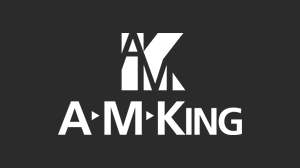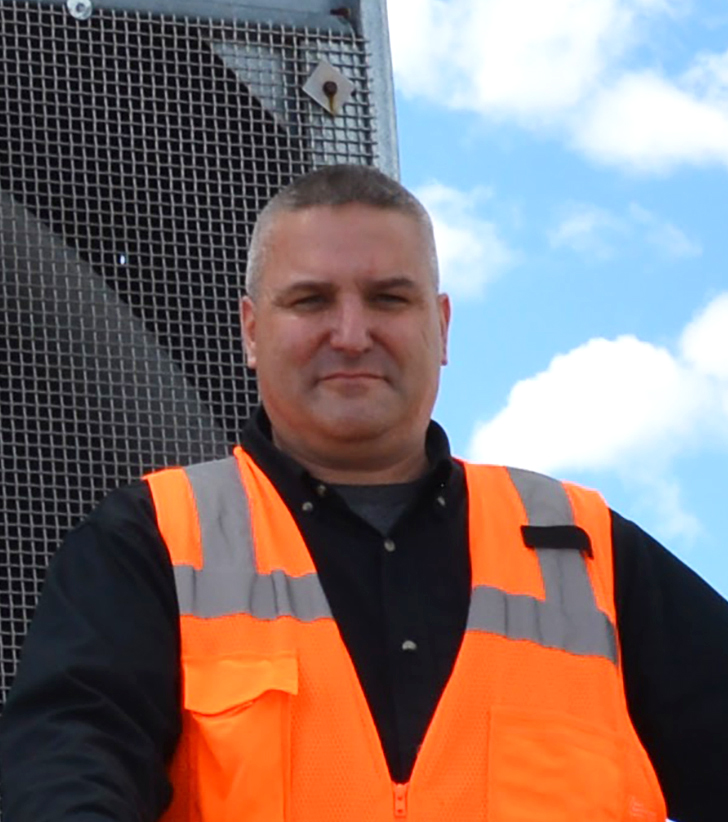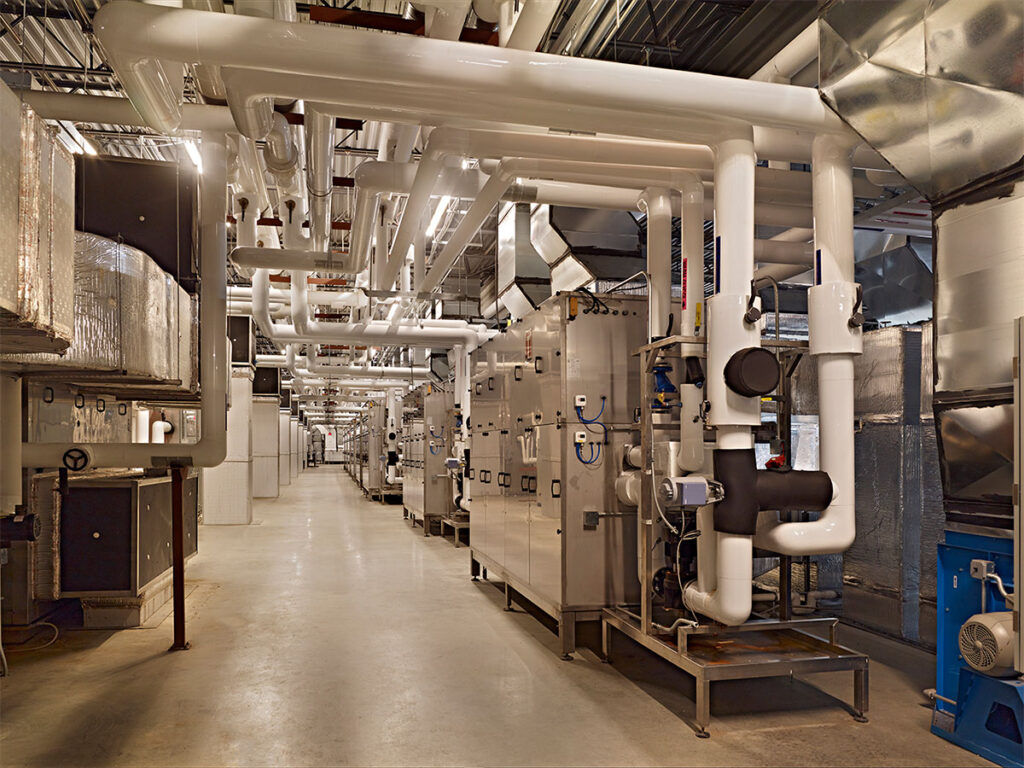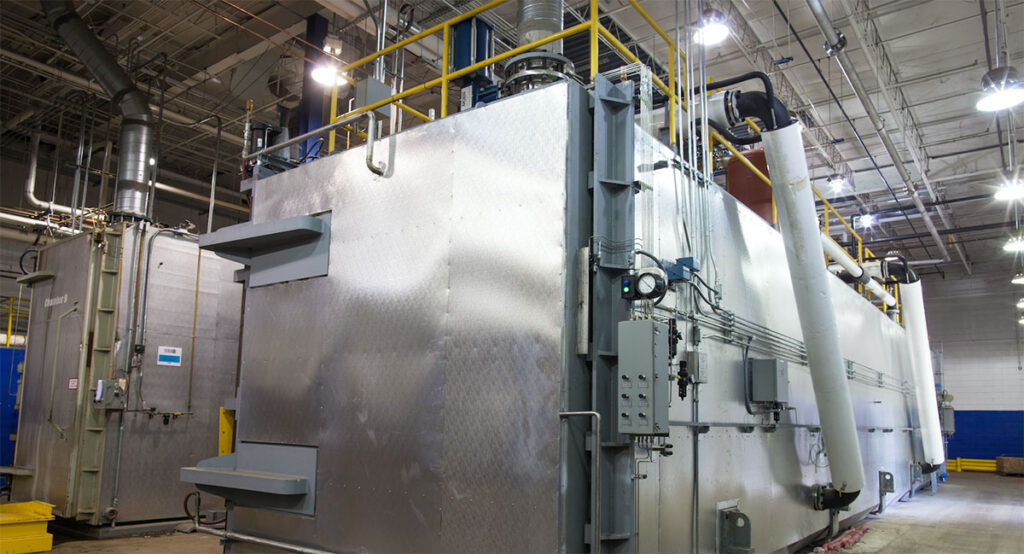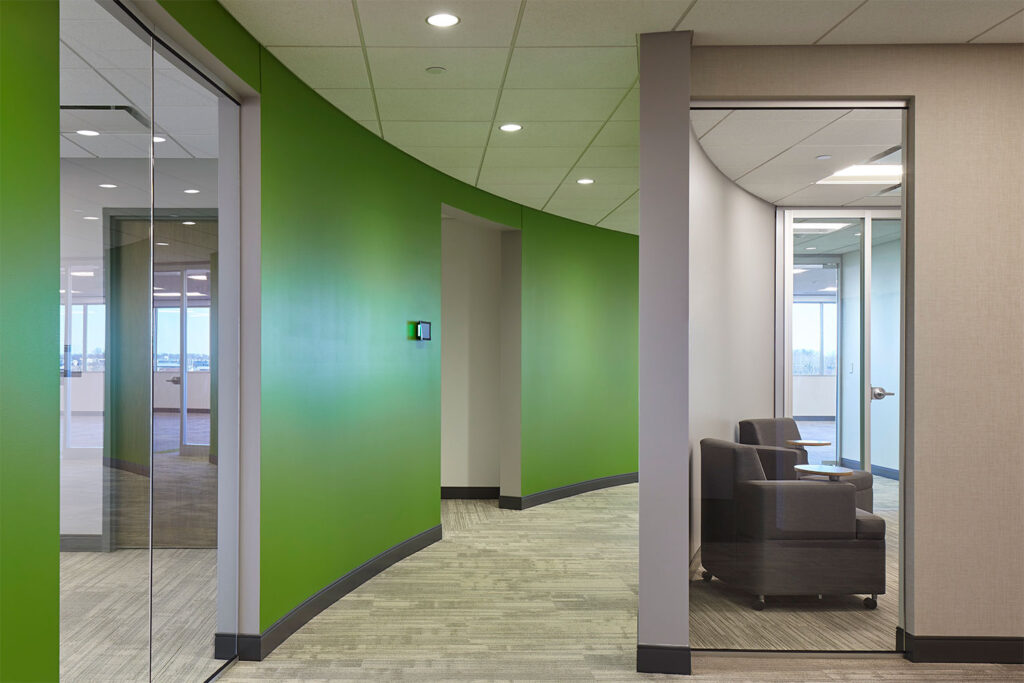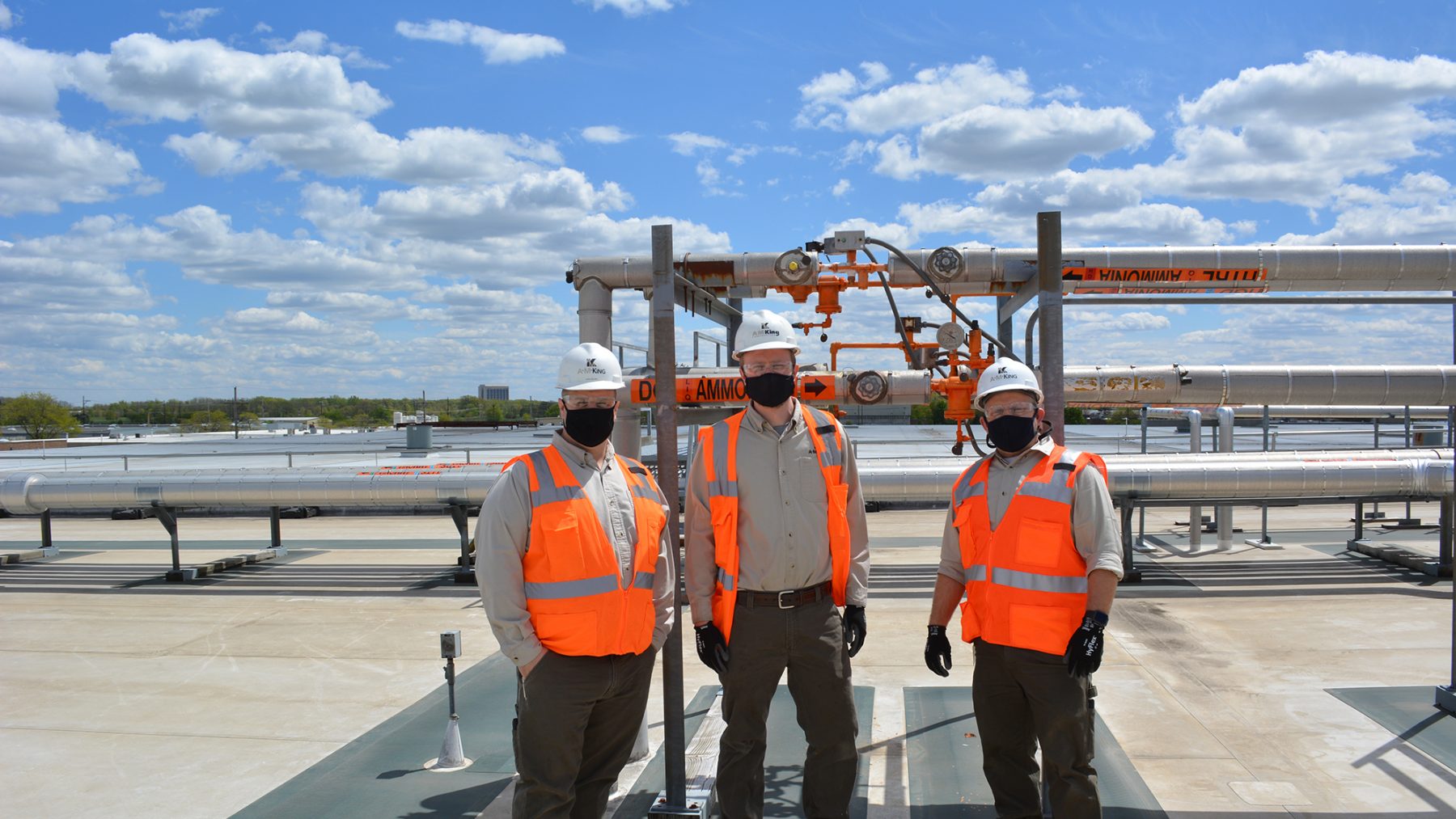
Employ SOPs to Safeguard Facility Occupants and Mechanical Systems
Several years ago, I was fortunate to participate in a discussion with an airline pilot who spoke on the importance of “Standard Operating Procedures (SOP).” Captain Al Haynes told the story of how he and his fellow flight officers struggled to control a jet airliner that suffered multiple catastrophic failures in route from Denver to Chicago in 1989. The irony of his speech was simple: “No SOP existed for the problems that the crew of United Airlines Flight 232 were experiencing at 37,000 feet.”
With 296 passengers and crew on board, the plane spiraled downwards, skidded across the runway in a fiery blast and landed upside down in a cornfield. While sadly 112 people died, 184 passengers and crew members miraculously survived. This was my first introduction to SOPs.
While we don’t literally ferry passengers for our facility management clients, we are responsible for the reliability and operation of several life-safety systems. For this reason, developing a program for an SOP or a “Repeatable Maintenance Procedure” is key to any facility management firm’s obligation to protect the safety of the building’s occupants and mechanical systems.

What is an SOP?
An “SOP” is a set of simple instructions about how to complete a well-defined task. However, the process of writing these procedures is not as straightforward as it sounds. We have learned that even the simplest task can have a surprisingly large number of steps required to complete it safely and correctly. This gets tricky with a team of technicians who are expected to be proficient at performing a multitude of jobs on building systems ranging from basic carpentry skills, such as adjusting a door lock mechanism, to changing oil on an industrial refrigeration compressor.
For example, our SOP for replacing water filters on the facility heating equipment contains 26 steps, four site-specific photos, listings of seven tools and one part number for the new filters. This may seem excessive for a rudimentary task. However, if filters are not installed properly, boilers and pumps will fail prematurely, leading to loss of heat in the buildings. In this example, if steps 20 through 22 are done out of sequence, the technician is likely to be scalded by 180-degree water. Everyone has different skill sets and past work experiences; we are seeking to level the playing field.
SOPs are beneficial regardless of the size or complexity of the facility, but as those factors increase, so does the importance of putting preventive measures in place.
A M King’s team at our Chicago office is responsible for providing facility maintenance services at a long-term client’s three corporate campuses in Illinois. In addition, a divisional distribution center is connected to the National Offices and is accountable for the delivery of products to approximately 90 stores in the Chicagoland area.
In total, we manage approximately 330,000 sf of office space, 476,000 sf of warehouse space, 90+ acres and more than 120 different vendors. Because members of our team have been involved in the development and expansion of this company’s national campuses since the 1990s, we have a strong understanding of both the facilities and, more importantly, the client’s expectations.
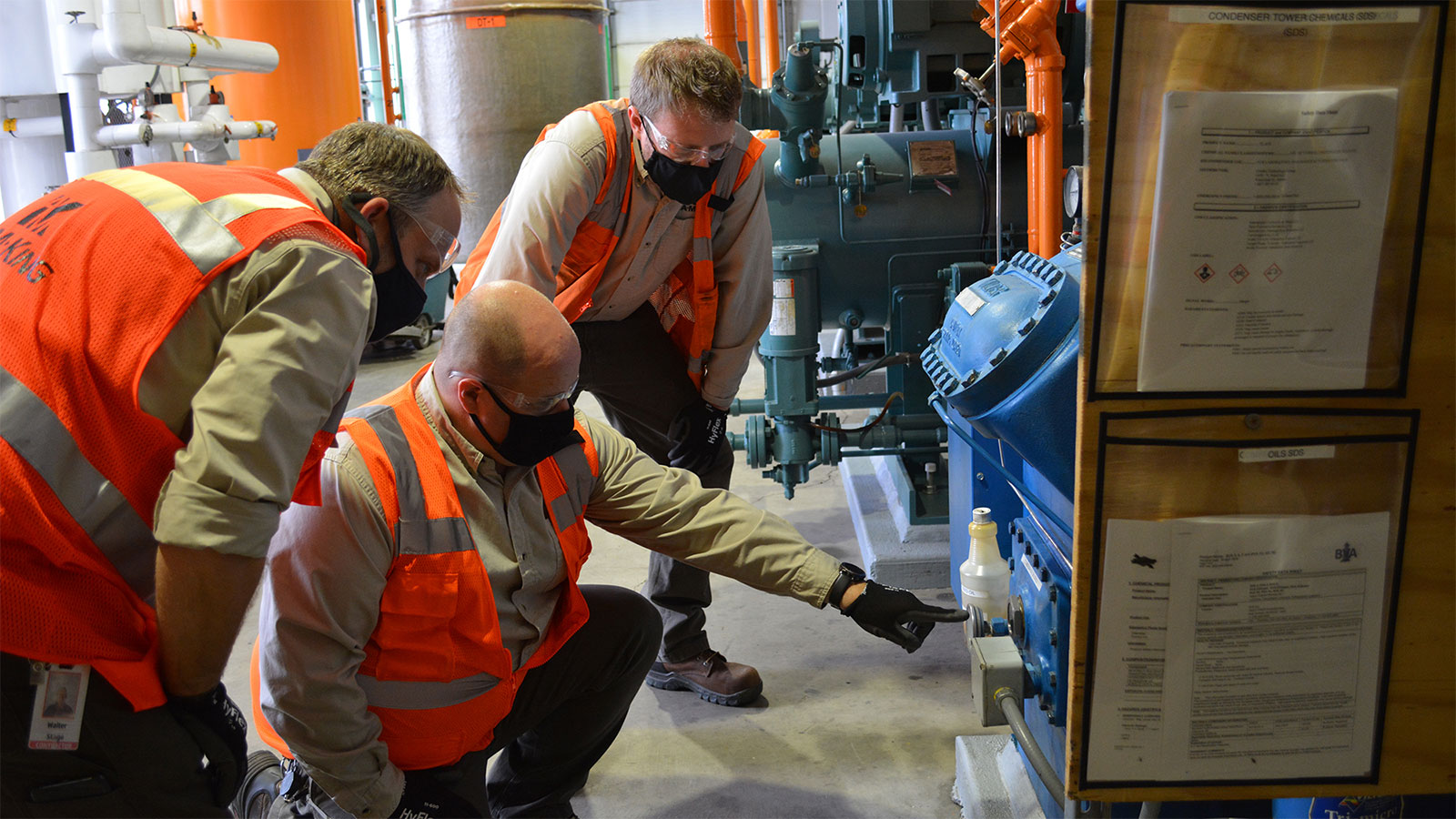
Benefits of a Proactive Approach
We partnered with our client to establish SOPs that assist with seamless and secure day-to-day operations, as well as set the company up for strategic future growth.
For example, our client uses automated pallet wrapping machines that save valuable time and reduce ergonomic-related injuries for their employees. The illustrated SOP we use helps warehouse staff understand the proper way to install rolls of shrink wrap film in the machines safely and correctly. This standardized approach has reduced “machine down time” due to errors on film installation. This improved reliability allows the machines to wrap the pallets rather than manual wrapping, which takes more time, strains muscles, leads to ergonomic and tripping injuries and uses more materials.
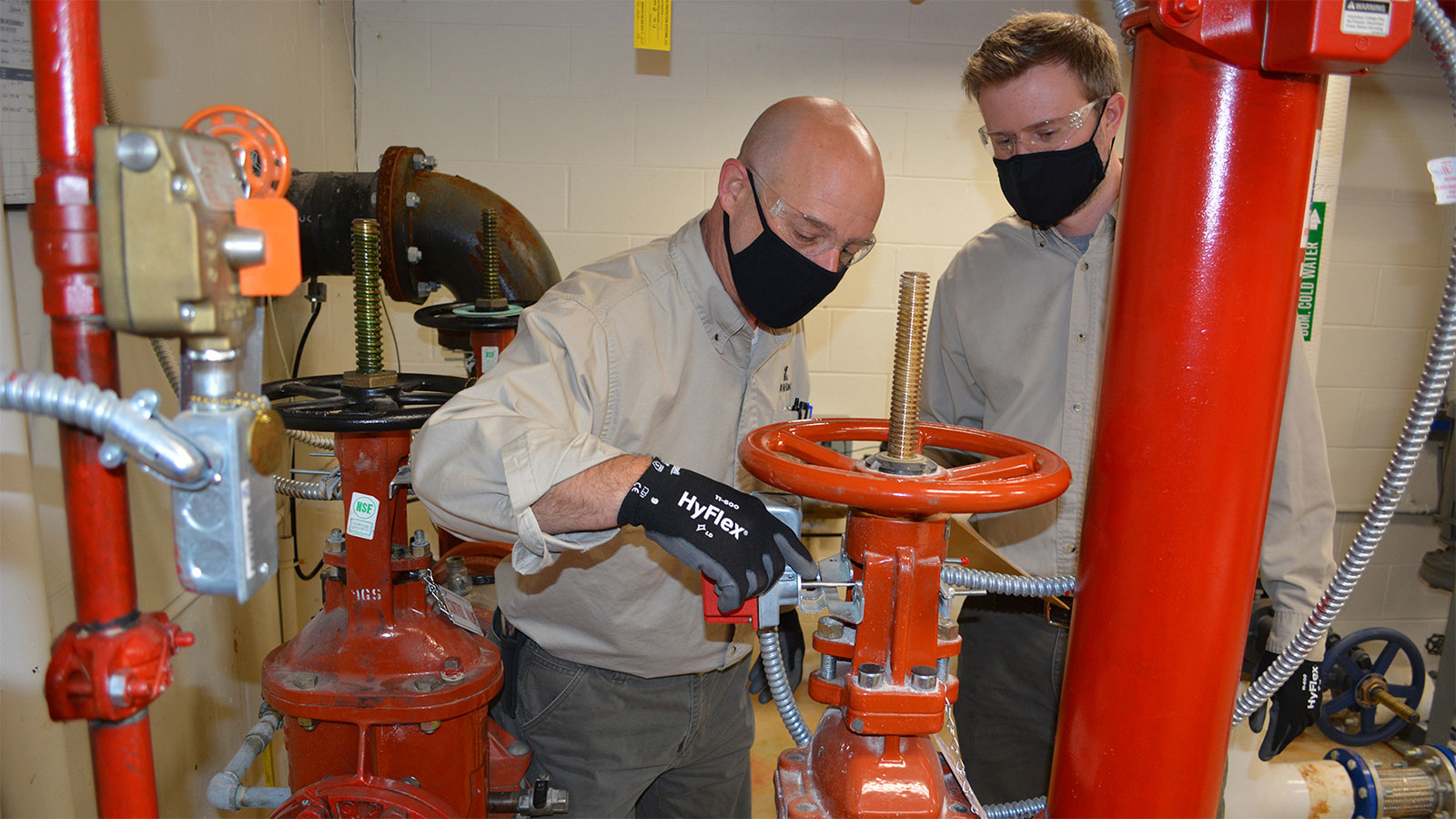
Tips for Writing Effective SOPs
Ask the right questions. Before you set out to write an effective SOP, several questions need to be asked: Are you sure what you are writing is the correct procedure? Are you conveying the procedure accurately? Is your lubrication information correct and current? Do you have torque specs correct? What is the “Lock Out, Tag Out” procedure for this machine? Does the manufacturer offer maintenance steps? (are they suitable for your site?)
Consult with all staff who may be performing this task. Include everyone from the most senior engineer to the most junior apprentice. Ask them what they do and how they do it. Ask them why steps are performed in a certain sequence and what could happen if the sequence is not right. Ask them what tools are needed; what supplies or parts are needed. Is there any PPE required or special permissions? What forms need to be completed before, during and after the work is done?
Think visually. It’s critical that each step is detailed with annotated pictures; remember, a picture is worth a thousand words. Include “pinch points” or other critical safety information in bold or contrasting colors.
Write clearly. Note that this process is written for the benefit of all who maintain these machines, not the just most experienced members on the team. Use terms that need little or no previous knowledge to fully understand.
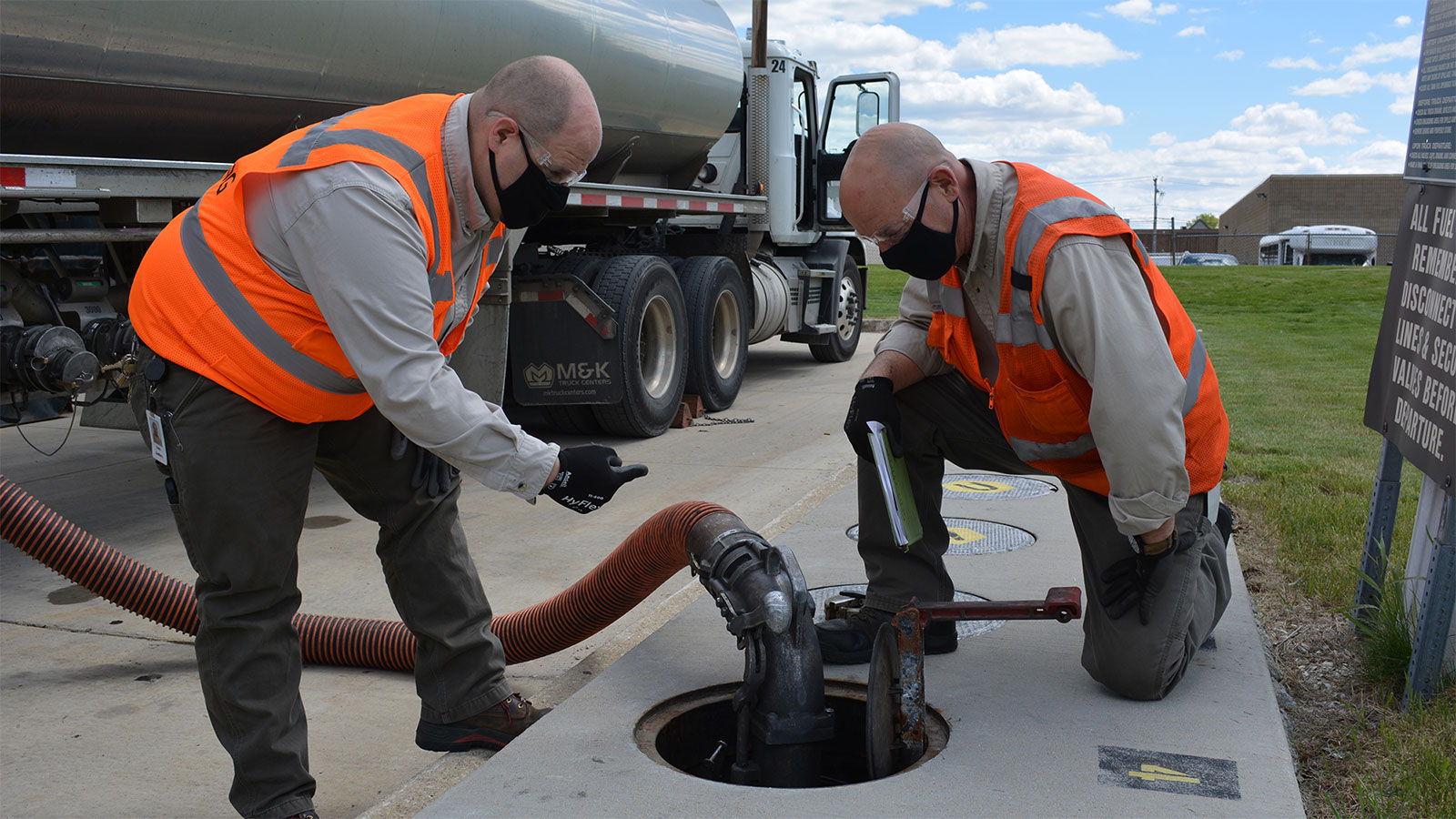
Be thorough. Do not skip any step, no matter how insignificant you may think it is; there is no such thing as “common sense” when writing SOPs. Give specific details, such as belt tension or how much oil is to be used. The recording of certain data is also important, for instance, taking note of wear indicators or gauge readings that are helpful in detecting trends or predicting future problems.
Test everything multiple times. Under controlled supervision, we routinely use our newest technicians to test out the latest draft. (A technician who has never performed the task is the best person to identify steps that are not as clear as they should be.) The directions given to our “tester” are simple: “Assume nothing;” “Do only what is written;” and “If it’s not written, don’t do it.” Make sure to take notes, make the appropriate corrections, then test the procedure again.
Finalize, file and update as needed. Once the steps are written and the procedure has been proven accurate, file the document in an obvious and readily accessible location. No matter how many times this task has been completed, make sure every technician uses SOPs 100 percent of the time. Most important, never forget that the SOP is likely never finished; it will need to be reviewed and updated for accuracy and appropriateness on a regular basis. What may have changed since the last revision to the SOP? An improved technique? Different tools? Revised part numbers? Updated safety forms?
We acknowledge that we are not Captain Sullenberger from USAir Flight 1549’s “Miracle on the Hudson” or Captain Haynes from United Airlines Flight 232, but we strive to always be educated, prepared and capable of safely and reliably completing our missions.




